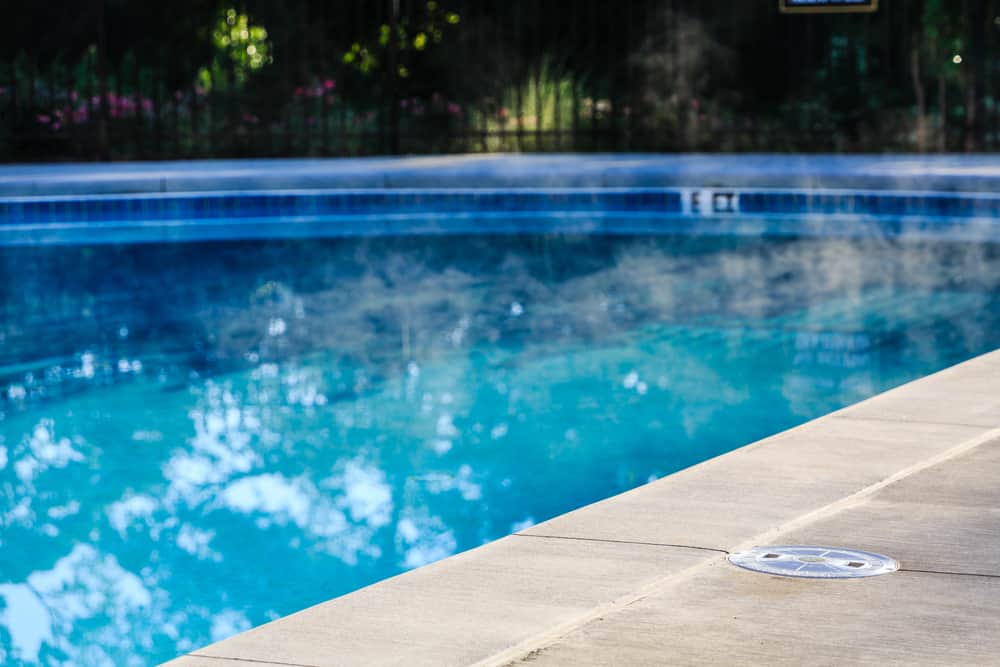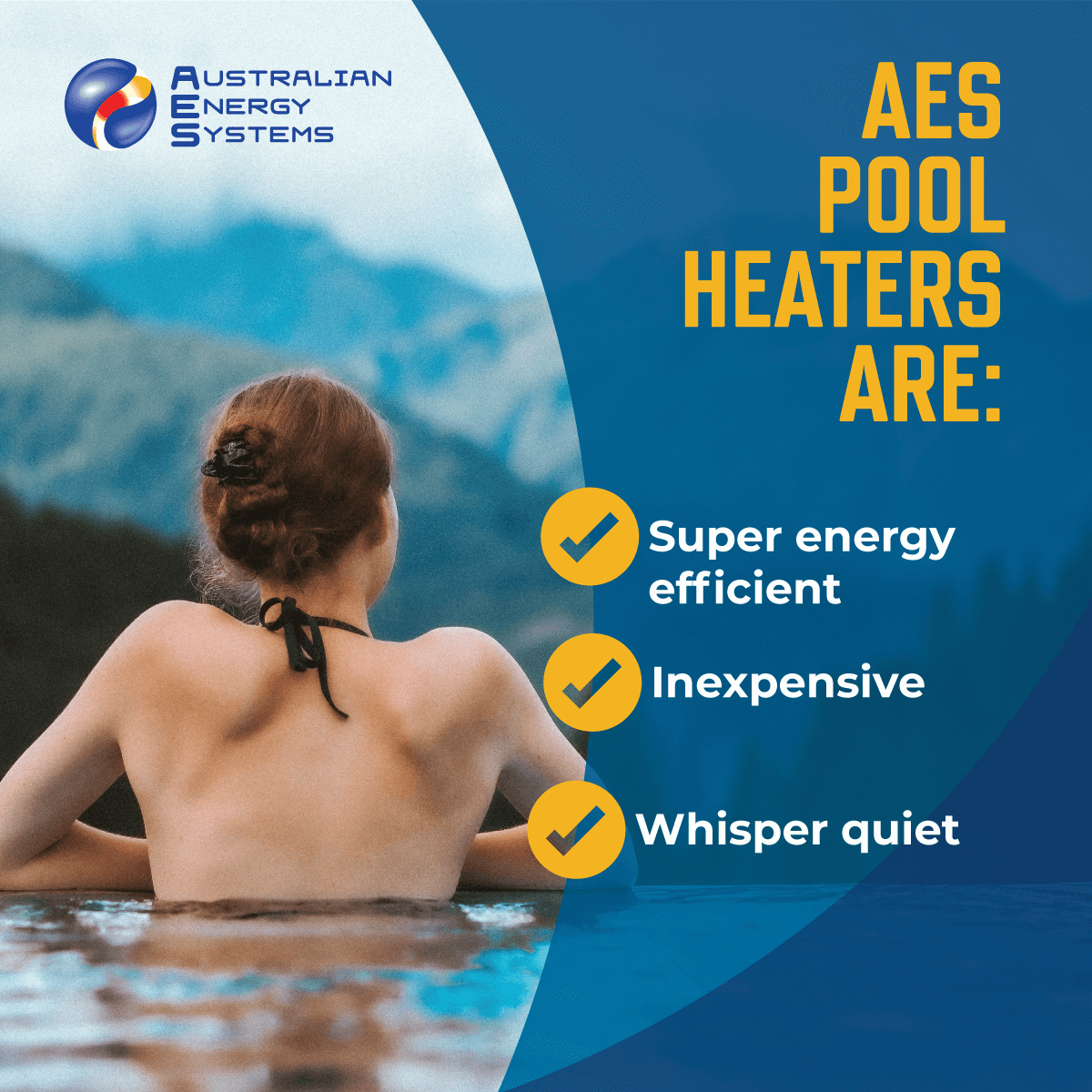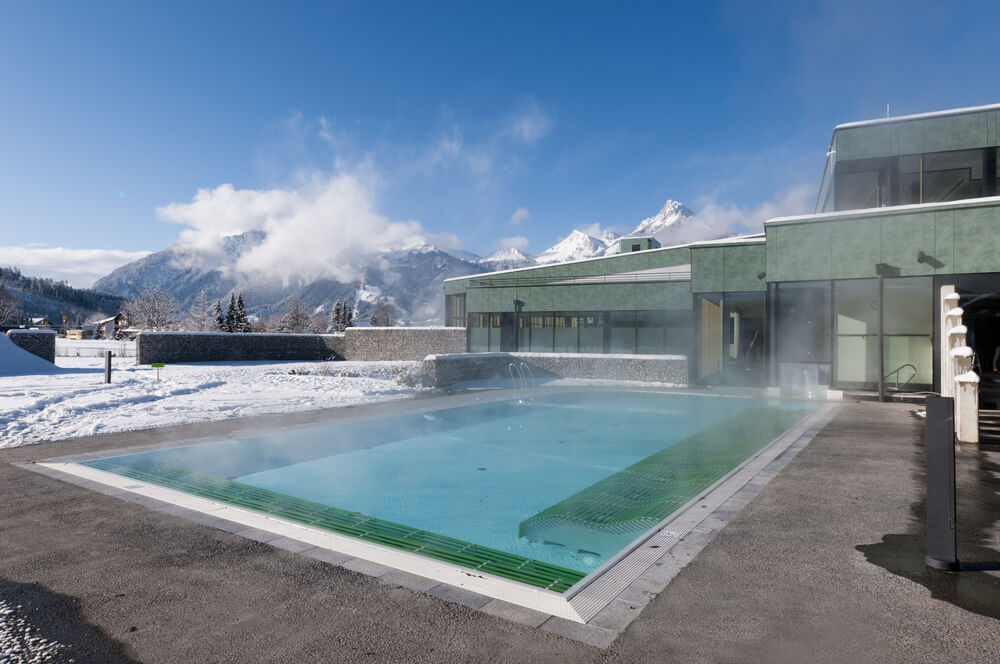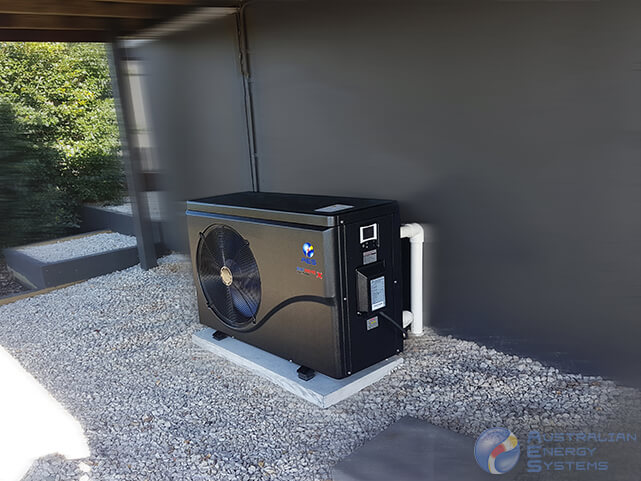A pool is a great way to take advantage of the health and social benefits of swimming. Every pool deserves a heater so that those advantages can be reaped year round. In this article we will discuss the options available for heating your pool and their strengths and weaknesses.

Best Pool Heat Heating Options in Australia
Whether you’re after cost efficiency, energy savings, or quick heating, the type of pool heater you select can make all the difference. In this guide,








